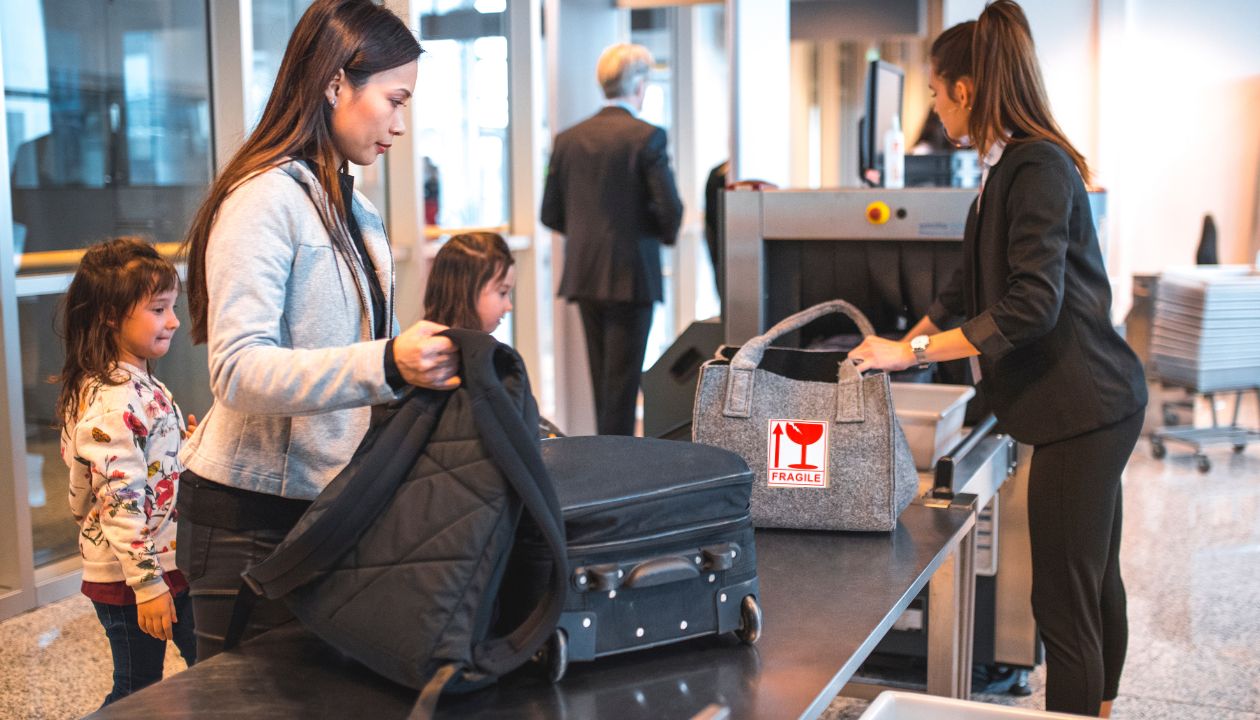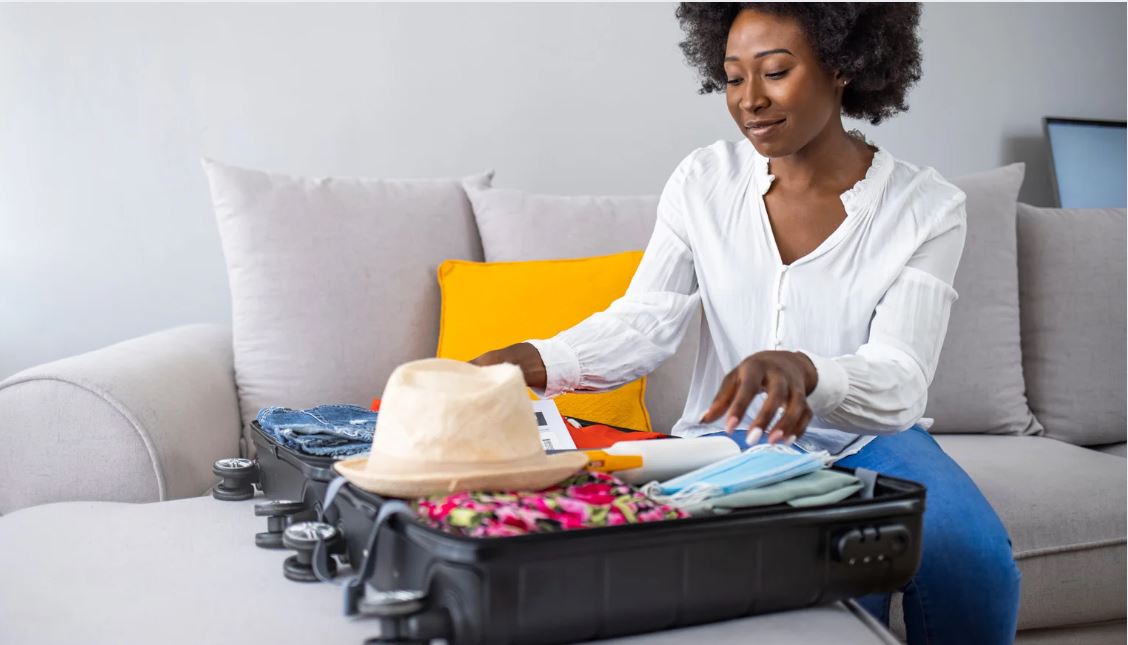
How to Pack Fragile Items Safely in Checked Luggage
Taking fragile objects on a journey can cause excessive worry since they must travel within your checked-in baggage compartment, and you do not want to discover delicate items in pieces because they went in your checked baggage. Therefore, travelers must devote additional attention while packing fragile objects carefully because checked-in baggage handling can be rough.

This guide presents successful and protective methods to pack delicate items, which maintain their condition while traveling.
1. Know What Should Go in Checked Luggage
You should begin by checking whether your delicate object needs to be inside your checked-in baggage. Laptops, tablets, jewellery, and prescription glasses should be kept in your carry-on luggage. You must consult airline policies regarding checked-in baggage rules for specific items because select fragile or expensive possessions will not receive insurance coverage when damaged.
Checked-in baggage usage is essential when particular items, including size-based objects or airline specifications or baggage constraints, require storage.
2. Use the Right Luggage
Your choice of suitcase matters. Hard-shell suitcases perform better than soft-sided suitcases in terms of protection. A tough, durable piece with a hard, protective shell that can resist impacts should be your search priority. The suitcase must have strong zippers alongside a sturdy structure to resist damage from other bags.
You should go for luggage with internal straps or compartments. The built-in internal straps and compartments maintain control of items by minimising unexpected disruption during travel.
3. Layering Is Your Best Friend
Think of your suitcase as a protective shell with layers. Start by placing a soft, shock-absorbing layer at the bottom—clothing, towels, or a small blanket. Then, wrap each fragile item individually and sandwich them in the centre of the suitcase.
Here’s a simple layering strategy:
-
-
Base Layer—Use clothing or bubble wrap as a cushion.
-
Middle Layer – Place your fragile items here, well-padded and separated.
-
Top Layer—More clothing or padding to absorb any pressure from the top.
-
This layering technique gives your items a soft buffer on all sides.
4. Wrap Fragile Items Properly
You can use materials like bubble wrap, foam sheets, or even socks and scarves to wrap your items. Make sure the wrap goes all the way around the object, including edges and corners. For glass items, use at least two layers of protection.
If you’re traveling with mugs, wine bottles, or ornaments:
-
Mugs and Cups—Stuff the inside with tissue or socks, then wrap completely.
-
Bottles—Use a wine sleeve or wrap with multiple layers of bubble wrap. Secure tightly with tape.
-
Frames or Flat Glass Items—Place a piece of cardboard or foam across the surface to protect it from pressure.
Avoid relying solely on newspaper or thin cloth, as they may not offer enough protection.
5. Use Ziplock Bags for Small or Leaky Items
You should enclose fragile items that hold liquids in sealed plastic bags to prevent leakage from essential oils and perfumes, and snow globes. The pressure fluctuations experienced during flight often lead to bottle caps being dislodged and eventually opening up or exploding.
Put the bagged item inside a padded wrap before placing it at the centre of your suitcase. You can use a laundry bag for this since it is made from anti-microbial material and is water-resistant.
6. Use Packing Cubes and Containers
Packing cubes help organise your suitcase while providing it with a reinforced compartment. Hard-sided packing cubes and padded pouches provide additional protection when added between suitcase contents. Jewellery, along with figurines and tech accessories, can be safely carried in small plastic containers that contain cushioning material inside.
Place the packing containers tightly to stop movement when traveling.
7. Fill in All Gaps
Once you’ve packed your fragile items, fill any space with soft clothes, towels, or even crumpled paper. Gaps allow items to shift during handling, which increases the chance of breakage. A tightly packed suitcase is a safer suitcase.
Avoid overpacking, though—pressure from tightly stuffed bags can damage items too. You want a snug fit, not a bulging bag.
8. Label Your Bag
Add a “FRAGILE” sticker to your suitcase. While this isn’t a guarantee of gentle handling, it does alert baggage handlers that your bag requires extra care.
Some airlines even offer special handling for fragile items if you request it at check-in. It’s worth asking about these options when dropping off your luggage.
9. Consider Shipping Instead
If you're carrying very delicate or expensive items—think antique porcelain, artwork, or heirlooms—consider shipping them through a courier service that specialises in fragile deliveries. While it might cost more, the added care and insurance could be worth the peace of mind.
10. Get Travel Insurance
Even with all precautions, accidents happen. Travel insurance that covers baggage damage or loss can save you from total disappointment. Just make sure your fragile items fall within the policy’s coverage (some may exclude electronics, glassware, etc.).
Keep any receipts or documentation of valuable items in case you need to make a claim and make sure to;
-
Take Photos Before You Pack— Document your items and how they were packed. This helps with insurance claims if needed.
-
Unpack Promptly—As soon as you reach your destination, check your items. If anything is damaged, report it immediately to the airline.
Final Thoughts
The proper protection of fragile items during airline travel through checked-in baggage can be an attainable process. With the combination of proper planning and suitable protective materials, and tactical arrangements, you can travel securely with your breakable possessions. You should handle your suitcase as a portable security container by wrapping and cushioning your items and organising layers while applying secure methods for protection.



Leave a comment
This site is protected by hCaptcha and the hCaptcha Privacy Policy and Terms of Service apply.